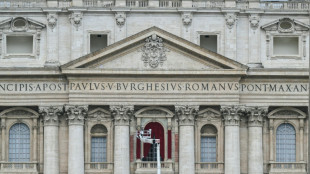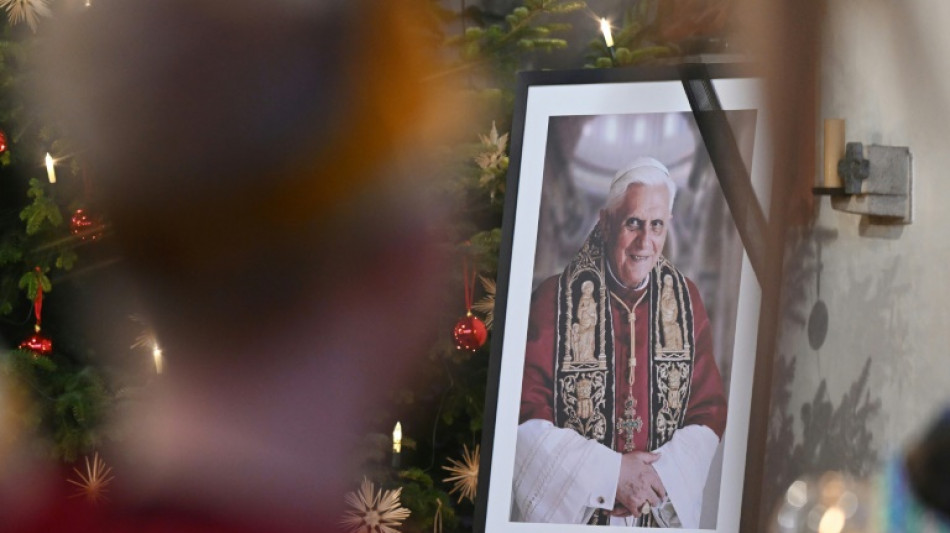
-
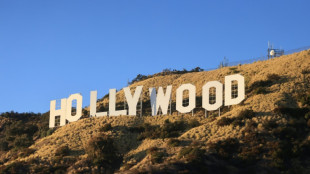 'Makes no sense': Hollywood shocked by Trump's film tariffs announcement
'Makes no sense': Hollywood shocked by Trump's film tariffs announcement
-
First day of jury selection wraps in Sean Combs sex crimes trial
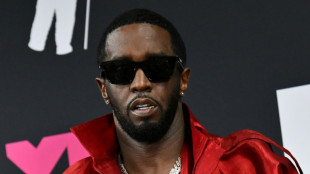
-
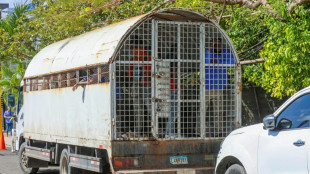 Dominican Republic reports sharp rise in Haitian migrant deportations
Dominican Republic reports sharp rise in Haitian migrant deportations
-
Mennonite communities raise hackles in Peruvian Amazon
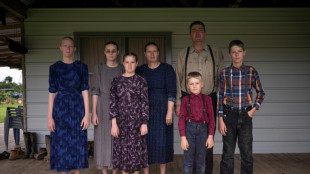
-
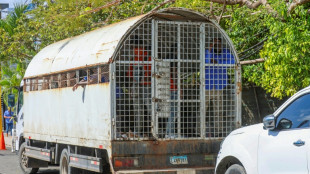 Dominican Republican reports sharp rise in Haitian migrant deportations
Dominican Republican reports sharp rise in Haitian migrant deportations
-
Stars shine at Met Gala, showcasing Black dandyism
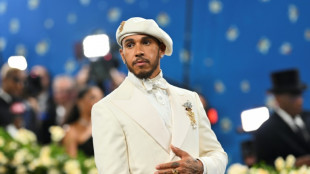
-
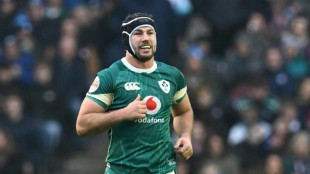 Ireland captain Doris doubtful for Lions tour due to shoulder injury
Ireland captain Doris doubtful for Lions tour due to shoulder injury
-
Pentagon chief orders 20% cut in number of top officers

-
 'New superstar' Zhao's world title heralds Chinese snooker revolution
'New superstar' Zhao's world title heralds Chinese snooker revolution
-
OpenAI abandons plan to become for-profit company
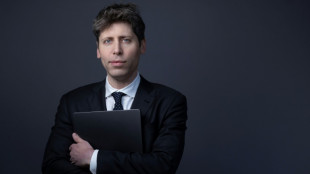
-
 Ford sees $1.5 bn tariff hit this year, suspends 2025 forecast
Ford sees $1.5 bn tariff hit this year, suspends 2025 forecast
-
Snooker star Zhao: from ban to Chinese sporting history
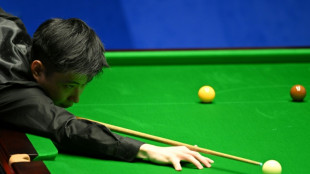
-
 Zhao makes history as China's first World Snooker champion
Zhao makes history as China's first World Snooker champion
-
Brazilian ritual root gets second life as potential anti-depressant
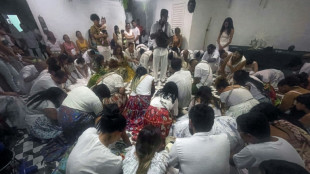
-
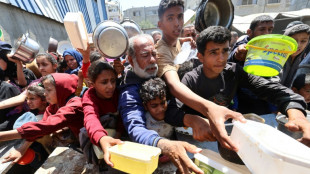 Israel says 'most' Gazans to be displaced in expanded operation
Israel says 'most' Gazans to be displaced in expanded operation
-
Israel strikes Yemen after Huthi attack on Ben Gurion airport
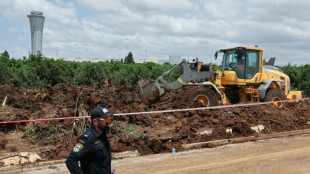
-
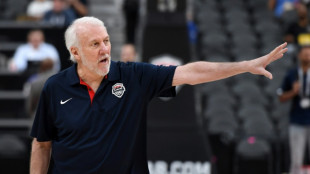 'It's time': Popovich passes Spurs torch to Johnson
'It's time': Popovich passes Spurs torch to Johnson
-
Cummins heroics in vain as rain forces Hyderabad out of IPL playoff race
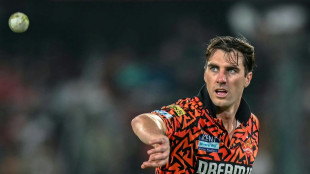
-
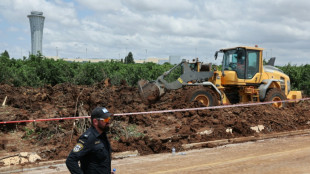 Huthis say US, Israel bomb Yemen after strike on Israeli airport
Huthis say US, Israel bomb Yemen after strike on Israeli airport
-
Lewandowski on bench for Barca's showdown with Inter, says coach Flick
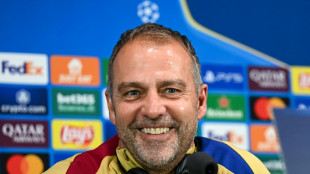
-
 Pricing birdsong: EU mulls nature credits to help biodiversity
Pricing birdsong: EU mulls nature credits to help biodiversity
-
Scholz vows continued German support in last call with Zelensky
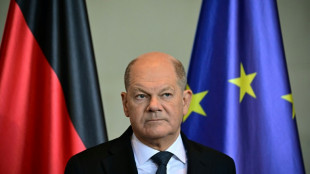
-
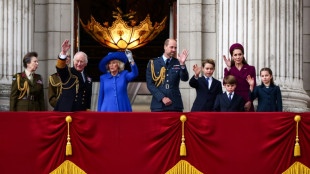 UK kicks off party to mark 80 years since end of WWII
UK kicks off party to mark 80 years since end of WWII
-
Global film industry reels from Trump tariff announcement
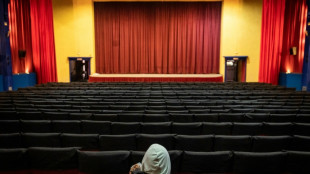
-
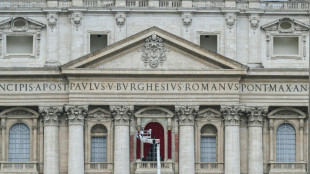 Cardinals assemble to elect pope and set course for church
Cardinals assemble to elect pope and set course for church
-
Meta content moderator cuts over 2,000 jobs in Spain: union

-
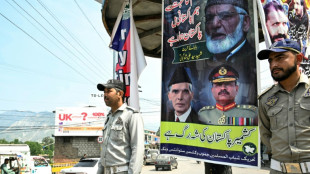 Pakistan conducts second missile test, India readies civil defence drills
Pakistan conducts second missile test, India readies civil defence drills
-
Pro-EU or pro-Trump? Romania faces decisive choice in vote
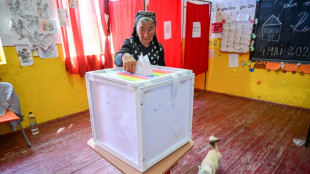
-
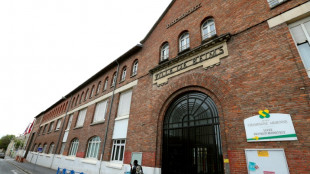 Nazi surrender site sets the scene for Wim Wenders short film
Nazi surrender site sets the scene for Wim Wenders short film
-
French court backs Olympics choreographer in cyberbullying case
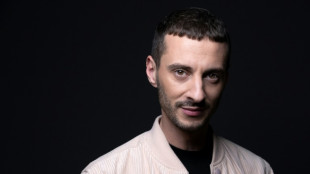
-
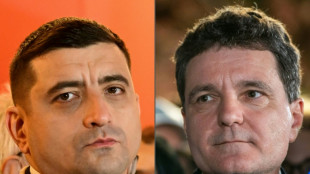 Romania run-off pits pro-Trump nationalist against centrist mayor
Romania run-off pits pro-Trump nationalist against centrist mayor
-
South Africa's Rabada back in IPL after serving drug ban
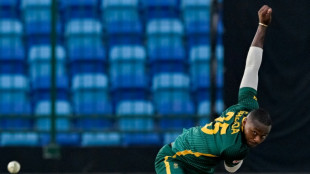
-
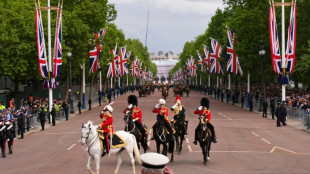 Pride and excitement as UK crowds celebrate 80 years since WWII's end
Pride and excitement as UK crowds celebrate 80 years since WWII's end
-
Ex-French interior minister Darmanin apologises for 2022 Champions League fiasco
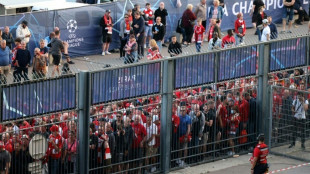
-
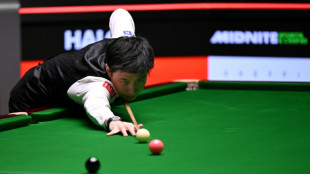 Zhao on brink of becoming China's first World Snooker champion
Zhao on brink of becoming China's first World Snooker champion
-
Stars come out for Met Gala, showcasing Black dandyism
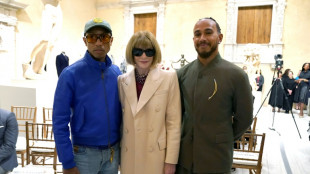
-
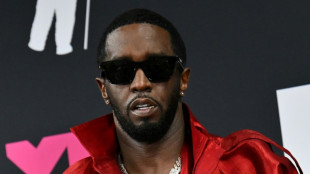 Jury selection begins in Sean 'Diddy' Combs sex crimes trial
Jury selection begins in Sean 'Diddy' Combs sex crimes trial
-
Martinez rushing to be ready for Barca showdown, says Inter's Inzaghi
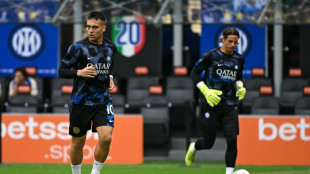
-
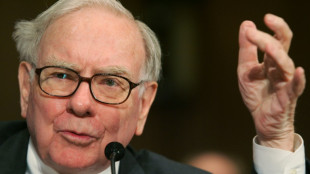 Warren Buffett to remain as Berkshire Hathaway board chair
Warren Buffett to remain as Berkshire Hathaway board chair
-
UK royals lead celebrations to mark 80 years since WWII end
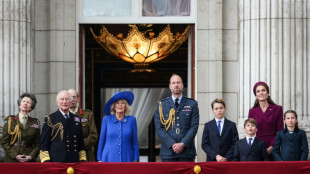
-
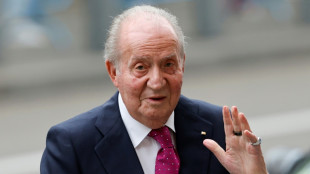 Top Spanish court drops tax complaint against ex-king Juan Carlos
Top Spanish court drops tax complaint against ex-king Juan Carlos
-
Who are the Middle East's Druze religious community?
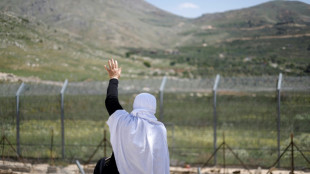
-
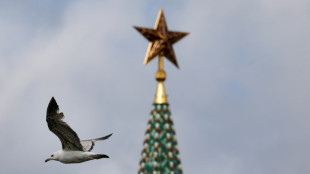 Russian reporter critical of Ukraine war escapes to France
Russian reporter critical of Ukraine war escapes to France
-
France names first Concorde jet a historical monument
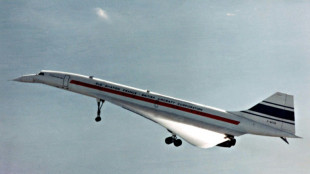
-
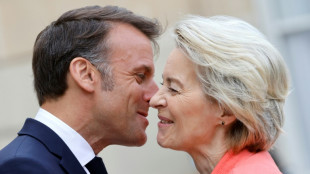 France, EU take aim at Trump's assault on science, seek to lure US researchers
France, EU take aim at Trump's assault on science, seek to lure US researchers
-
Catholic Church's direction in the balance as vote conclave looms

-
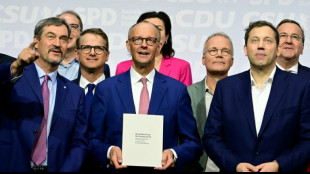 German coalition deal signed on eve of Merz govt launch
German coalition deal signed on eve of Merz govt launch
-
UK begins four days of events to honour last WWII veterans
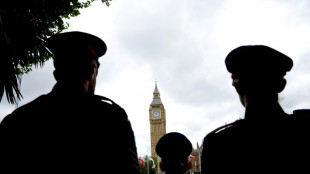
-
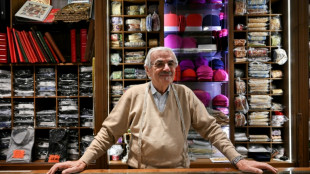 Cassocks competition: whose outfit will new pope wear?
Cassocks competition: whose outfit will new pope wear?
-
Traditional culture, fancy dress meet at Hong Kong's raucous bun festival
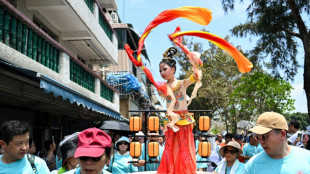

Popes through history: felled by illnesses and intrigues
The peaceful death of Benedict XVI in a monastery in the Vatican contrasts with the painful, violent or sometimes mysterious deaths of many of his predecessors.
Here are some striking examples:
- John Paul II's long ordeal -
Benedict's predecessor, John Paul II, died on April 2, 2005 in the Vatican aged 84, after a long illness that turned the end of his 26 years at the helm of the Catholic Church into an ordeal.
After two successive hospitalisations and a tracheotomy in February 2005, John Paul II's condition had worsened abruptly a few days before his death, following a urinary infection, sepsis and cardiac arrest.
He mostly lost his speech after the tracheotomy and managed to utter a few words in public on March 13, before returning to the Vatican. He later remained silent.
On his last Good Friday, he was filmed from behind in his apartments so that the faithful could see him following the Way of the Cross via video.
The one-time sportsman's pontificate was marked by a slew of health issues.
He was weakened by Parkinson's disease and by the after-effects of injuries sustained in the attempted assassination carried out by Turkish extremist Mehmet Ali Agca on May 13, 1981 in Saint Peter's Square.
He also battled cancer in the intestine and two fractures, one in the shoulder and one in the femur.
- Sudden death of John Paul I -
His predecessor, John Paul I, nicknamed "the good pope" or "the smiling pope", was one of the most ephemeral popes in history.
Elected in August 1978 at the age of 65, he died 33 days and six hours later, apparently from a heart attack, although no autopsy was carried out to confirm the causes of his death.
Books have speculated that the pope might have been assassinated because he wanted to put the church's affairs in order, particularly the financial embezzlement of Monsignor Paul Marcinkus.
Marcinkus, the then-head of the Vatican bank, was suspected at the time of links with the mafia.
No official inquiry has confirmed the suspicions.
- The mysterious death of Alexander VI Borgia in 1503 -
The death of Alexander VI, who was pope from 1492 to 1503, was also subject to intense speculation.
On August 6, 1503, after a dinner with his son Cesare at a cardinal's house, both went down with a fever.
A first theory attributed the illness to malaria, which was prevalent in Rome at the time.
The other hypothesis was that the pope would have wanted to get rid of some of his enemies and would have himself poisoned the wine, inadvertently falling into his own trap.
Johann Burchard, a close associate of the pope who was present at his death, said: "His body swelled so much that we couldn't put it in the coffin we were meant for him. He was temporarily rolled into a carpet while his apartments were looted."
- Formosa, exhumed for trial in 897 -
Known as the "corpse council", the posthumous trial of Pope Formosa (891-896) is testament to the chaos that prevailed in the ninth century in Rome and the Vatican.
In 897, on the orders of Pope Etienne IV, a sworn enemy of Formosa, his corpse was exhumed, clad in papal ceremonial clothing and sat on a throne to be judged.
The verdict said the deceased was not worthy of the pontificate.
All his actions were annulled and orders issued by him were declared invalid.
Papal ceremonial clothes were ripped from his body, the three fingers of his right hand that the pope had employed in consecrations were cut off and the corpse thrown into the Tiber.
- A hammer blow to confirm the death -
Vatican protocols state in precise detail the procedure that must be followed on the death of a pope, with a senior cardinal known as a "camerlengo" ("chamberlain") given charge of day-to-day affairs until a new pontiff is elected.
Traditionally, his main role has been to certify the death, once done by tapping the pontiff's forehead three times with a special silver hammer and calling out his birth name.
The tradition fell into disuse after the death of John XXIII in 1963.
L.Miller--AMWN
